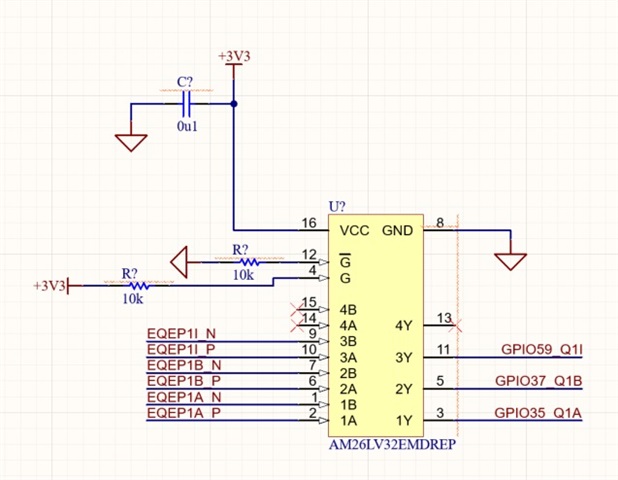Hi,
I currently have 3 differential pairs that need to be made single-ended (0-3.3V) before entering my microcontroller. Each differential pair is +/- 3.3V, respectively. Is there a sample circuit or application note for the AM26LV32E that illustrates this conversion from differential pair to single-ended?



